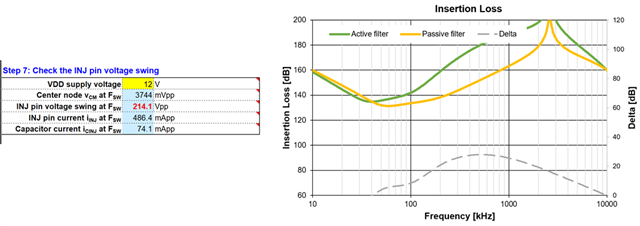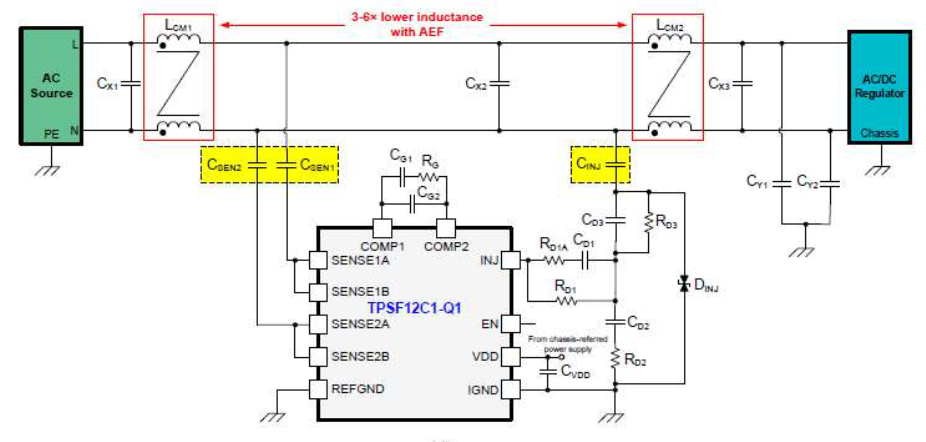Tool/software:
Hi support team all.
We received a report from a customer that they used a design tool to create a design, but saw little effect in reducing noise.
I have attached the Excel tool.
Could you please give us some advice on what adjustments we should make going forward?
Best regards,
Higa




